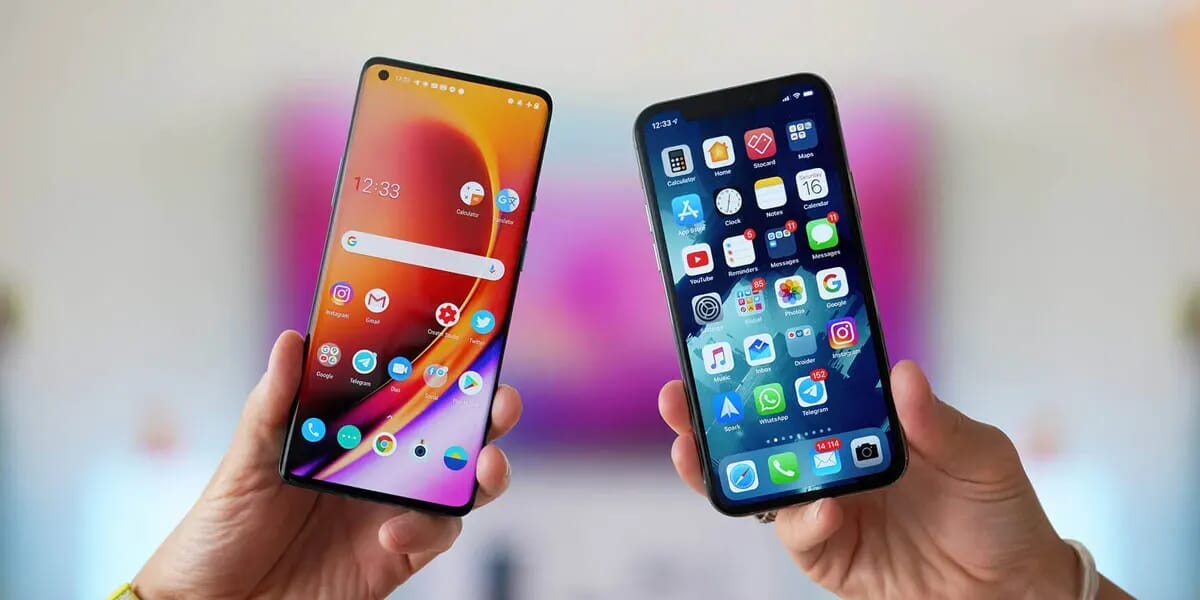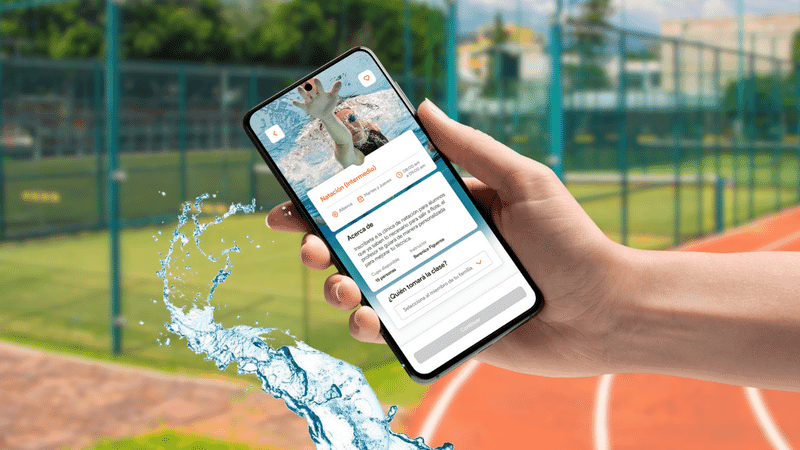
iOS or Android? Which Platform Should You Choose?
More and more, major brands see extending their reach into the mobile app world as a viable option, as it allows them to stay close to their customers or users by offering their goods and services in a practical and immediate manner.
However, it’s common to find that an app may not always be available for both or multiple operating systems, with iOS and Android being the most popular in the market. This will depend on various factors that companies will consider when developing their platforms.
1. For Consumer-Facing Apps:
a. If you’re dealing with new products or businesses, we recommend developing an initial version of the app for either iOS or Android and then launching an improvement within the following six months. This approach allows you to evaluate which features are most attractive to users and focus on enhancing them, while discarding those that seemed promising in design but didn’t have the expected impact in everyday use.
b. For established brands or products with strong market positions, 100% of the development is typically done for both platforms—iOS and Android—and it’s common to develop for both platforms in parallel.
2. For Employee-Facing Apps:
Organizations often use apps as a new channel for internal communication or as tools to optimize certain processes. In this case, the choice of platform depends on the number of employees using the app and the ownership of the devices. It is recommended to use a mobile app:

a. When employees use their own phones and the number of users is high, it will be necessary to develop the app for both iOS and Android devices.
b. When employees use their own phones and the number of users is small fewer than 20 or 30 users it may be more practical to develop the app for a single platform, either iOS or Android, and provide phones to those employees who don’t have devices compatible with the chosen platform.
c. When the company provides the phones that employees will use for the app, our recommendation is to choose a single platform, either iOS or Android, and develop the mobile solution specifically for that model. This will reduce the total cost of ownership of the project.
Based on our experience with mobile app development projects, we can conclude that organizations mostly choose the Android operating system for development, due to the availability of Android phones and tablets at very attractive prices, compared to Apple phones, which require higher investments.
3. When the Solution Targets a Premium Market
It is recommended to develop the mobile app on the iOS operating system when the goods or services offered target a high-income user segment.
While it is well known that brands like Samsung, Sony, and Huawei offer high-end mobile devices at quite high prices, Apple leads this sector by generating more than twice the revenue from in-app purchases in its App Store.
It is important to note that iOS represents only 6.7% of mobile phone users in Mexico, and it is advisable to use this operating system primarily when the product or brand positioning is being promoted or the service targets a high-value market segment.
At Sferea, we are leaders in mobile app development. If you are considering implementing a mobile application to grow your business, count on us. Send us a WhatsApp at +52 55 5658 9213 or email us at mobi@sferea.com, and one of our experts will gladly assist you.
At Sferea, with over 16 years of experience and more than 350 successfully published applications, we are a leader in developing mobile apps for businesses. We create enterprise, loyalty, fintech, financial, and banking solutions that deliver real value. We support you throughout the entire process from user experience design to analysis and development always applying the best practices in the market. Boost your business with us!
- Apps Nativas, Desarrollo de Apps, Soporte y mantenimiento
Related Articles

- Apps Nativas, Desarrollo de Apps, Diseño UI/UX, Sferea, Sin categoría, Tecnología

- Apps Nativas, Desarrollo de Apps, Diseño UI/UX, Sferea

- Apps Nativas, Desarrollo de Apps, Diseño UI/UX, Sferea, Tecnología


